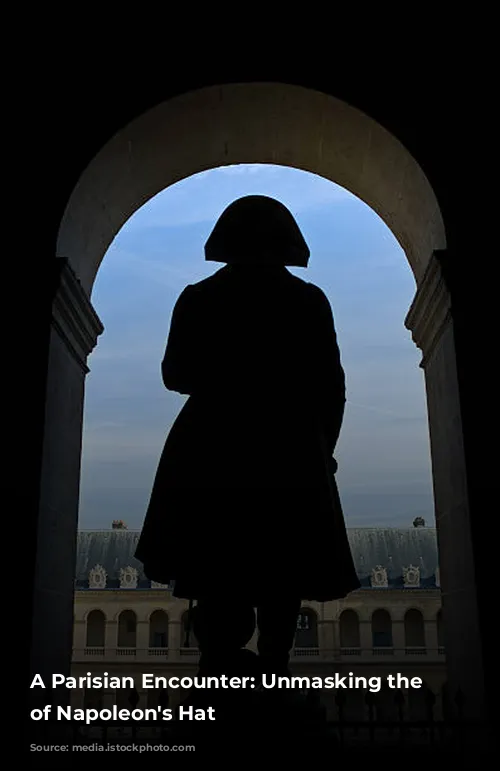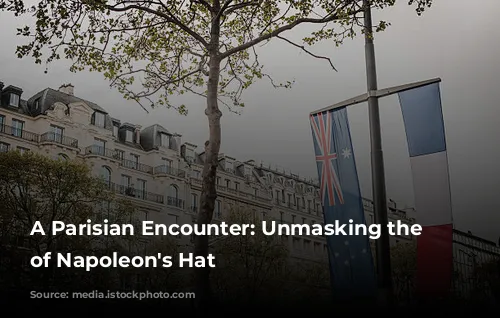A Parisian adventure led us to a captivating historical artifact – a simple black hat nestled in a glass case at a restaurant in Saint-Germain-des-Prés. This unassuming piece sparked a question: could this be Napoleon’s iconic hat? Our curiosity ignited, and we embarked on a journey to unravel the truth behind this intriguing find.
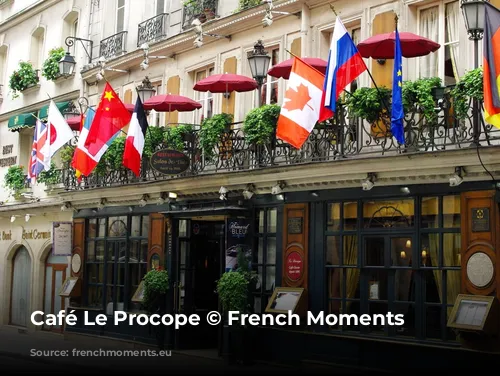
The Many Napoleons: A Family of Emperors
To understand the significance of this hat, we must first delve into the fascinating history of the Napoleon family. Two figures stand out: Napoleon I (1769-1821) and his nephew and successor, Napoleon III (1808-1873). Napoleon I, born Napoleone di Buonaparte in Corsica, ascended to prominence during the tumultuous French Revolution, transforming from a military leader to the Emperor of the French in 1804. His reign, marked by both triumphs and defeats, shaped the destiny of Europe. Napoleon III, inheriting the legacy of his uncle, became President of the Second Republic and later Emperor after a coup d’état. His reign came to an end during the Franco-Prussian War of 1870-71, forcing him into exile in the Netherlands as France established the Third Republic.
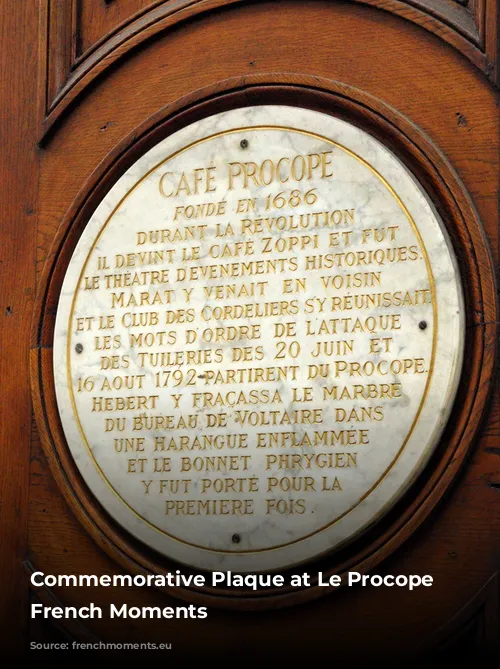
From Military Leader to Emperor: A Legacy of Triumph and Tragedy
Napoleon I’s journey from a young soldier to Emperor was an extraordinary one. He rose to prominence through military brilliance, leading France to victory in numerous battles. His ambition and strategic genius led him to conquer vast territories and reshape the political landscape of Europe. However, his relentless pursuit of power eventually met its downfall. Defeated at the Battle of Leipzig in 1814, he was sent to the island of Elba in exile. Undeterred, Napoleon orchestrated a triumphant comeback in 1815 but met his final defeat at the Battle of Waterloo. This marked the end of his reign and the beginning of a new era in European history.
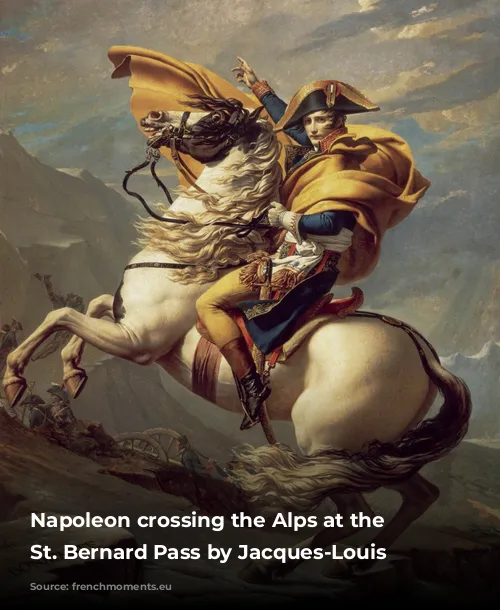
A Controversial Figure: Napoleon’s Enduring Legacy
While Napoleon I’s legacy is celebrated by the French, who see him as a symbol of national pride, he remains a controversial figure in European history. Some view him as a tyrant, an ambitious ruler whose quest for power brought suffering to many. The circumstances surrounding his death on the island of Saint Helena in 1821 remain shrouded in mystery. Was it natural causes or was he poisoned by arsenic? The question lingers, adding another layer of intrigue to the legend of Napoleon.

The Hat’s Story: An Unlikely Connection to the Emperor
One defining characteristic of Napoleon I was his distinctive black two-pointed hat. This seemingly simple head covering, adorned with a small Cockade, became a symbol of his power and presence. And this is where our Parisian encounter takes on a unique significance. The hat we discovered, nestled in a glass case at Le Procope, Paris’ oldest restaurant (est. 1686), holds a fascinating connection to the Emperor. Legend has it that in 1795, Napoleon, while serving in the French army, was forced to leave his hat as collateral to the restaurant’s owner to settle his debts. While this hat is just one among several that have survived the Emperor, its historical significance is undeniable. In 2014, one of Napoleon’s hats sold for a staggering $2.57 million at a Paris auction, highlighting the enduring fascination with his legacy.

Napoleon: A Global Icon
Napoleon’s influence extends far beyond the realm of history. He has captured the imagination of artists, writers, and filmmakers worldwide, becoming a timeless symbol of ambition, power, and charisma. This enduring fascination is reflected in the sheer volume of cultural artifacts dedicated to him. Consider these facts:
- 2014 saw a flurry of Napoleon-related items auctioned off, including Napoleon and Josephine’s marriage contract (€437,000), a bust of Napoleon by Antonio Canova (€706,000), Josephine’s engagement ring (€896,000), Napoleon’s two-pointed hat (€1,900,000), and his sabre used at the Battle of Marengo (€4,800,000). These astronomical prices are a testament to the enduring appeal of his legacy.
- 75,000 books have been published about Napoleon, encompassing his life, campaigns, and impact on history. This vast body of literature demonstrates the continuing interest in understanding this complex figure.
- Napoleon is the lead character in over 700 movies produced between 1897 and 2015. His story has been adapted for the screen countless times, captivating audiences for over a century.
- 212 registered trademarks about Napoleon are listed with the French National Institute of Industrial Property (INPI). His name and image are commercially exploited in various ways, highlighting his enduring popularity.
- 63,000 items related to Napoleon are sold on eBay. This staggering number demonstrates the global interest in acquiring artifacts linked to his life and reign.
- Napoleon is the second most influential historical figure on the internet, surpassing figures like Shakespeare and Abraham Lincoln. This online presence highlights his enduring global appeal, especially among younger generations.
- For European tourists visiting France, Napoleon is a source of fascination, particularly for the Swiss (66%), Belgians (77%), Dutch (78%), Japanese (84%), Brits (86%), Germans (90%), and Russians (97%). His legacy continues to draw visitors from around the world, eager to explore the sites and stories associated with his life.
From the streets of Paris to the global stage, Napoleon’s story continues to captivate and inspire. His name is synonymous with power, ambition, and enduring influence. While his legacy remains a subject of debate and fascination, one thing is certain: Napoleon’s story, like his iconic hat, will continue to be passed down through the ages, a reminder of a man who shaped history and left an indelible mark on the world.






